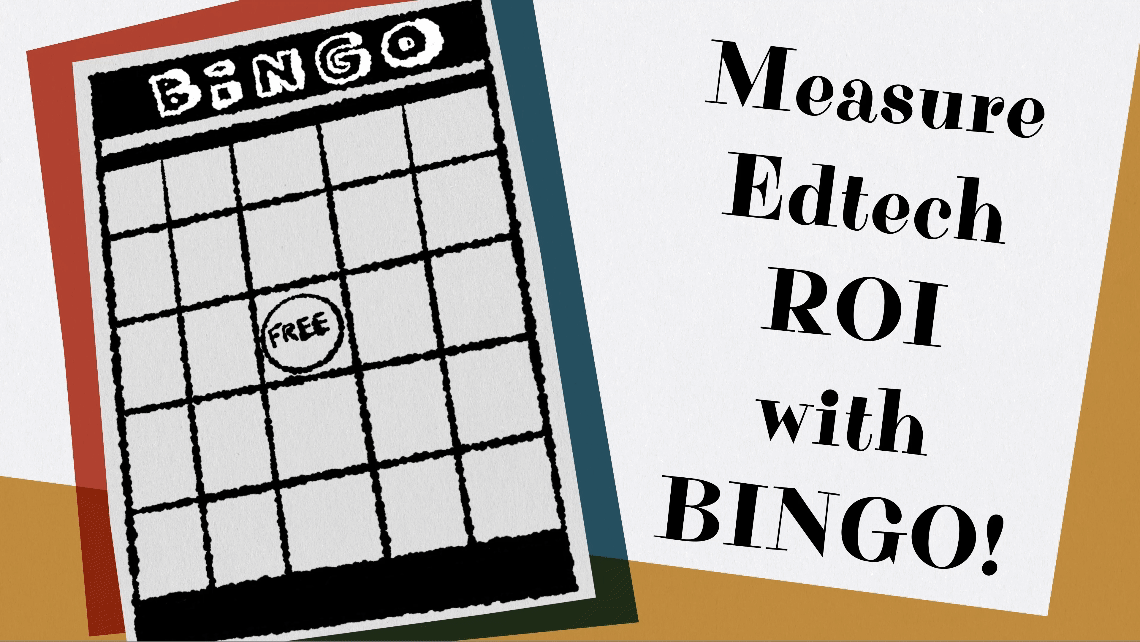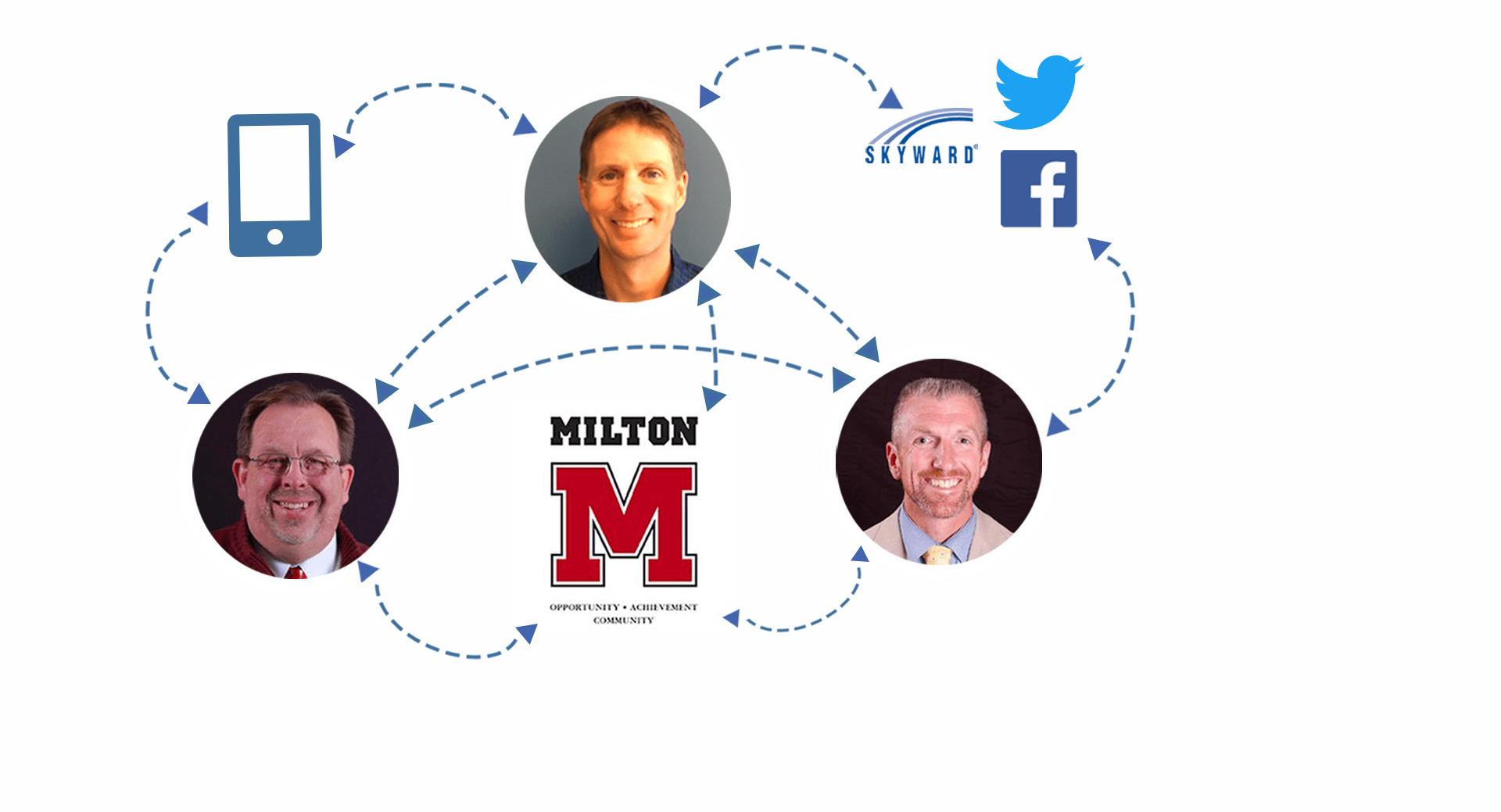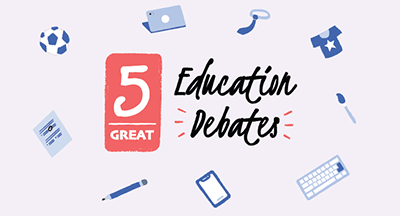
Quick: Does your team know the real you?
Odds are the answer is a little bit murky. As a school leader, reputation is important—very few jobs lead to as intense personal scrutiny as educators entrusted with teaching children. So it’s understandable that the answer to the above icebreaker question is actually no.
And you’re not alone.
A quick Google search (“Can you be yourself at work?”) yields about four billion results affirming and denying employees’ abilities to be themselves, including a slew of how-to articles to help you get used to the idea. Safe to say comfortable authenticity might just be a culture key to teacher retention. Let’s explore to how create psychological safety conducive to helping authentic selves emerge in your teams.
Lead by example
Everyone is responsible for creating a strong culture. However, one of the quickest ways to invest in culture is to allow a trickle-down from leadership. Don’t get cold feet if you’re not the type that runs for an open spotlight. Authenticity doesn’t automatically equal extroversion or showmanship. Rather, the process of showing your authentic self is way more introspective than that.Authenticity blends honesty and openness with self-esteem. Authenticity is so important to creating a sense of belonging because it encourages people to not only accept others as they truly are but to gain comfort with their own true selves.
Don’t hide your shortcomings
Vulnerability is part of showing up as your authentic self. The phrase “warts and all” springs to mind, but keep in mind we’re talking about authenticity in a professional sense. One way to display vulnerability without blurring any lines is to showcase your failures with the same zeal as your success (well—almost the same).Read more about how Great Leaders are Epic Failures
Model real discussions
No one can make everyone happy all the time. Still, investing in communication skill development makes tackling difficult challenges together a little smoother. There will always be a fair number of challenges in K12 day-to-day operations. Embracing everyone’s authentic selves makes it a little easier to work as a unified team. Challenges morph into opportunities when you can work on them together.Make a leadership shift in PD
Ideally, all this preparation has inspired your team to begin showing up authentically. Now it’s their turn to walk the walk. There are a million ways an empowered educator can show up authentically. From classroom design to choosing authentic texts for budding readers, giving educators a say in their professional development can help create a place for authentic professionals to shine.Model boundaries
Authenticity isn’t the first instinct for everyone. Some folks really prefer to craft personas for different settings, and when encouraged to embrace authenticity they might avoid or overcorrect to compensate for this perceived mismatch. One thing about asking for authenticity is you never know what you’re gonna get in return. In fact, it pretty much guarantees you’ll be surprised, hopefully in a pleasant way.This advice for employees from Harvard Business Review draws the distinction between true vulnerability and oversharing. “It’s possible to ‘be yourself’ at work even if you don’t publicly disclose every single thought or emotion to your team members.” Since in school districts our team members often include children, this advice is doubly important. Authentic can be professional, and vice versa.
A great way to ease this tension is to be clear that you’re not pushing anyone to act in a way that makes them uncomfortable. Assure your team members that their unique authenticity is welcome however they want to share it, as long as it fits the mission, vision, and codes of professional conduct etched out in your district’s plan—and also that authenticity is a practice, not a product.
Follow-up resource: Invest in culture
Do a deep dive into your school culture to figure out where you can improve.WHAT'S NEXT FOR YOUR EDTECH? The right combo of tools & support retains staff and serves students better. We'd love to help. Visit skyward.com/get-started to learn more.

|
Erin Werra Blogger, Researcher, and Edvocate |
Erin Werra is a content writer and strategist at Skyward’s Advancing K12 blog. Her writing about K12 edtech, data, security, social-emotional learning, and leadership has appeared in THE Journal, District Administration, eSchool News, and more. She enjoys puzzling over details to make K12 edtech info accessible for all. Outside of edtech, she’s waxing poetic about motherhood, personality traits, and self-growth.




